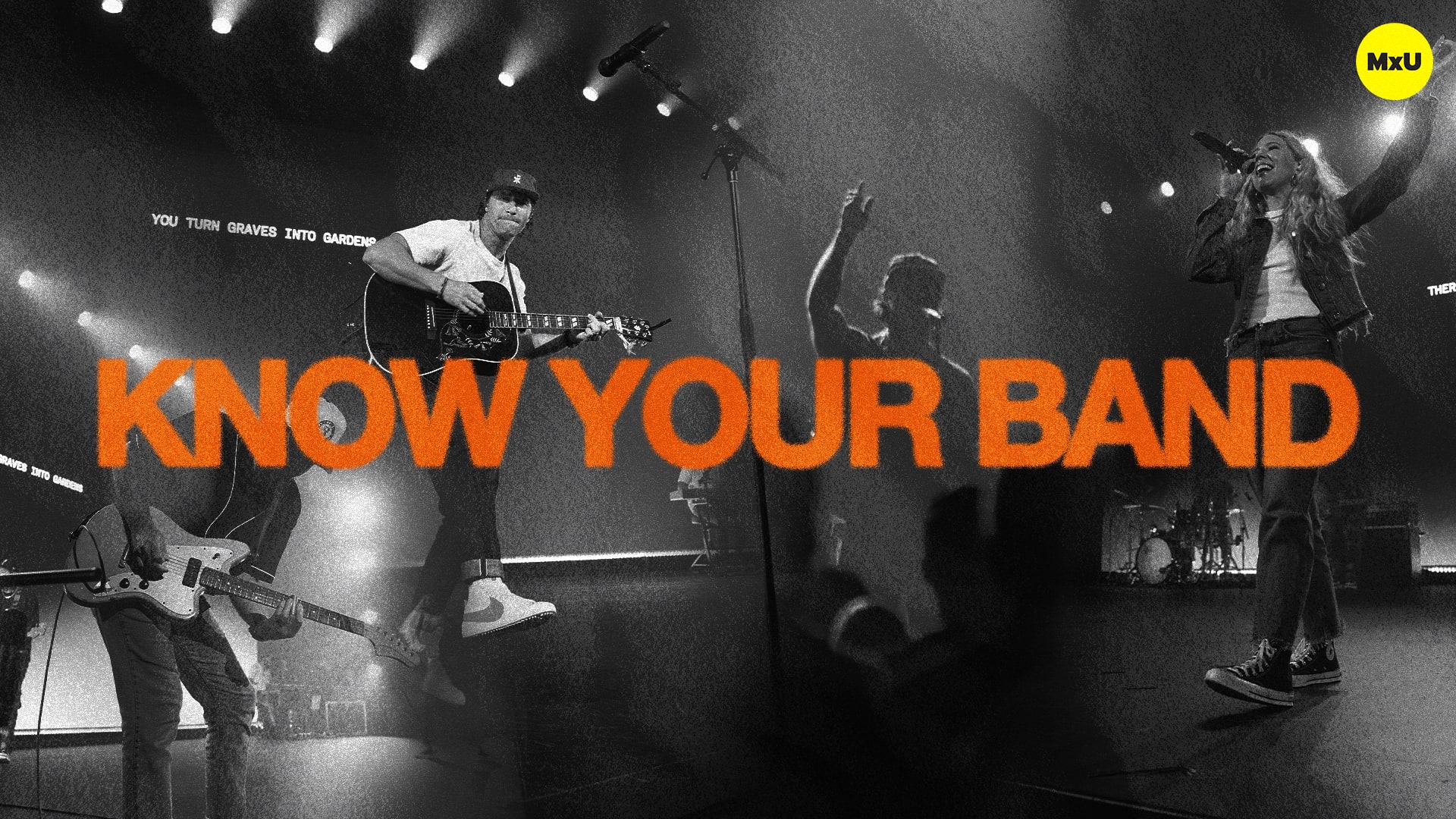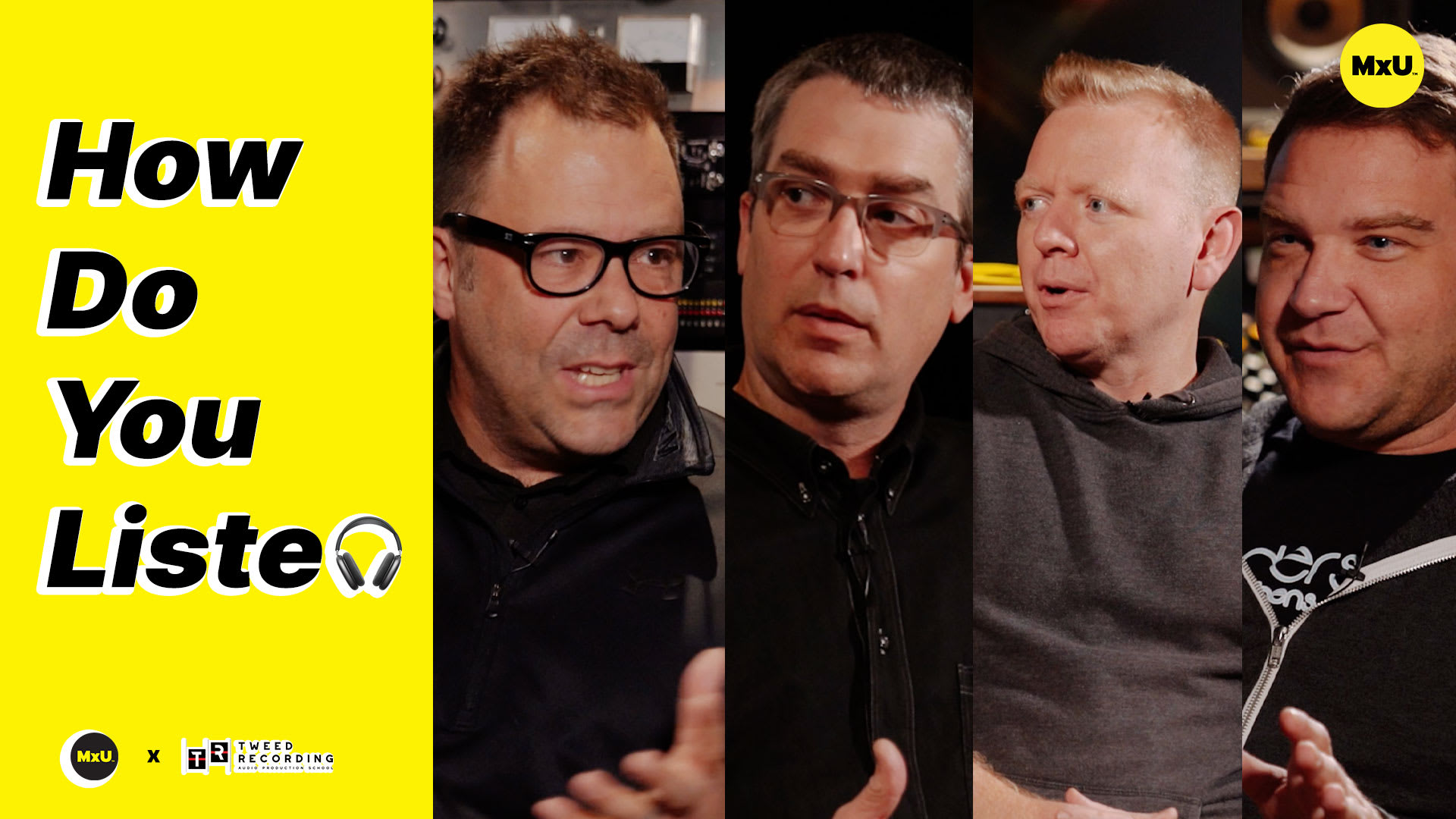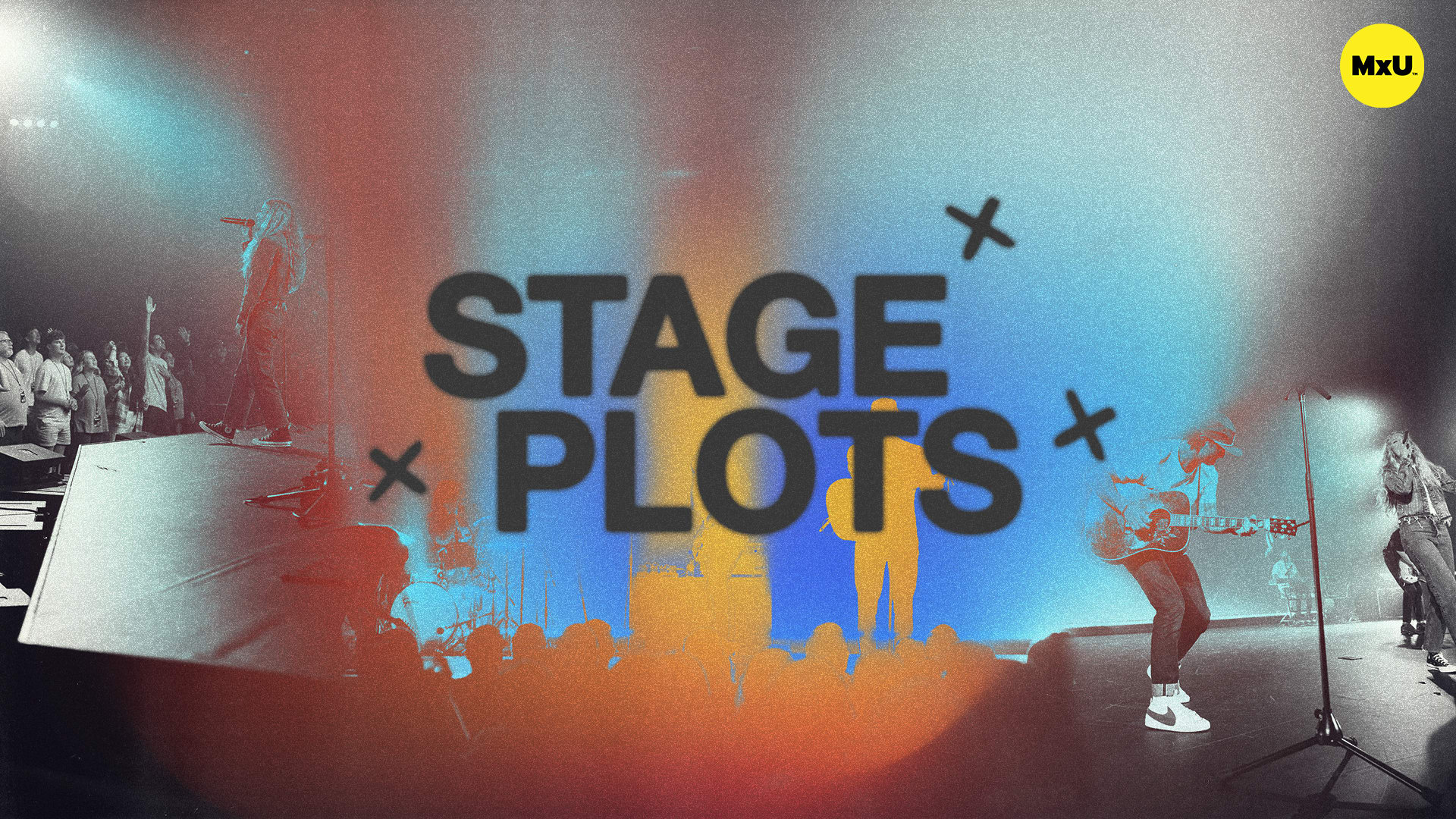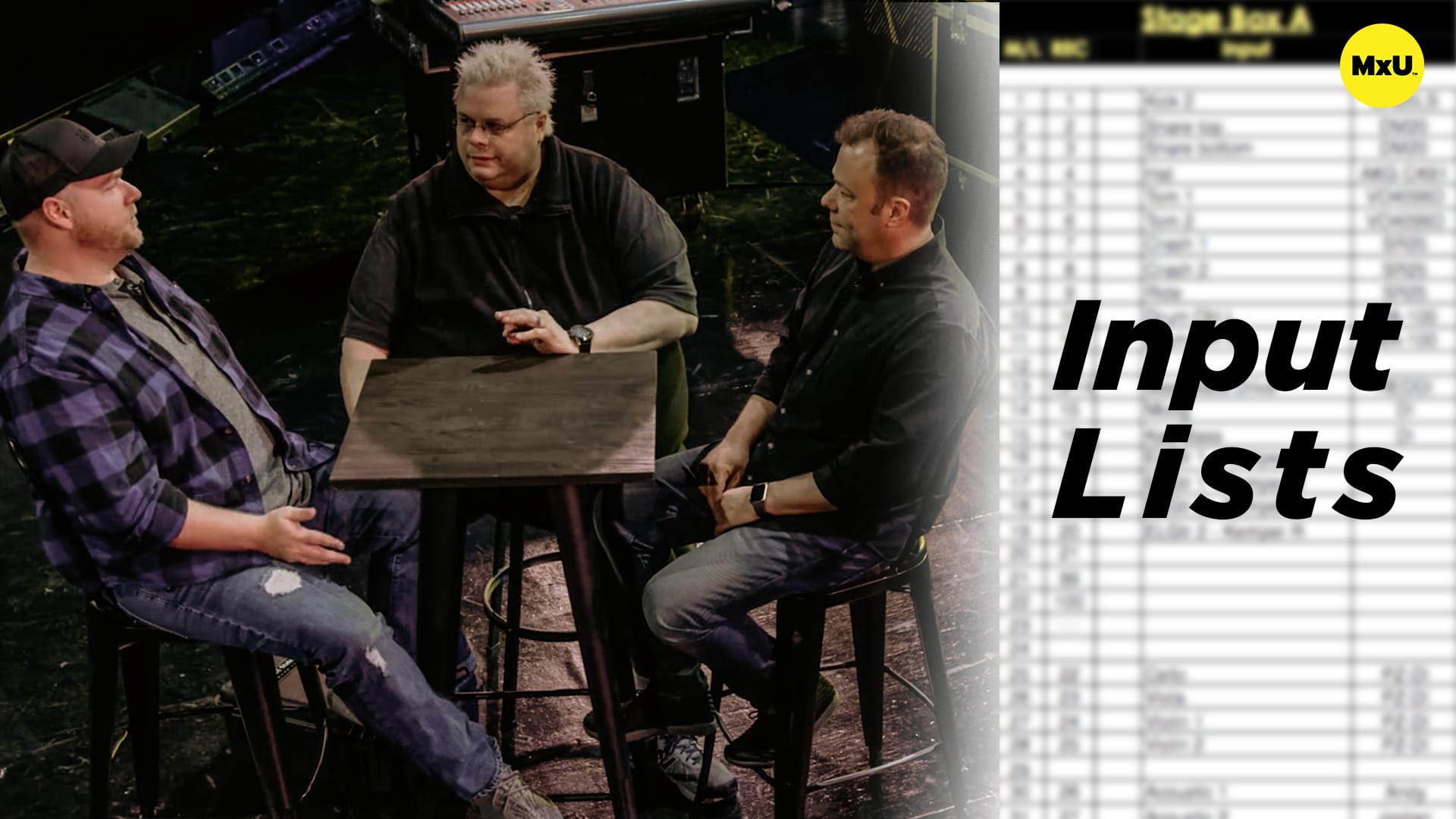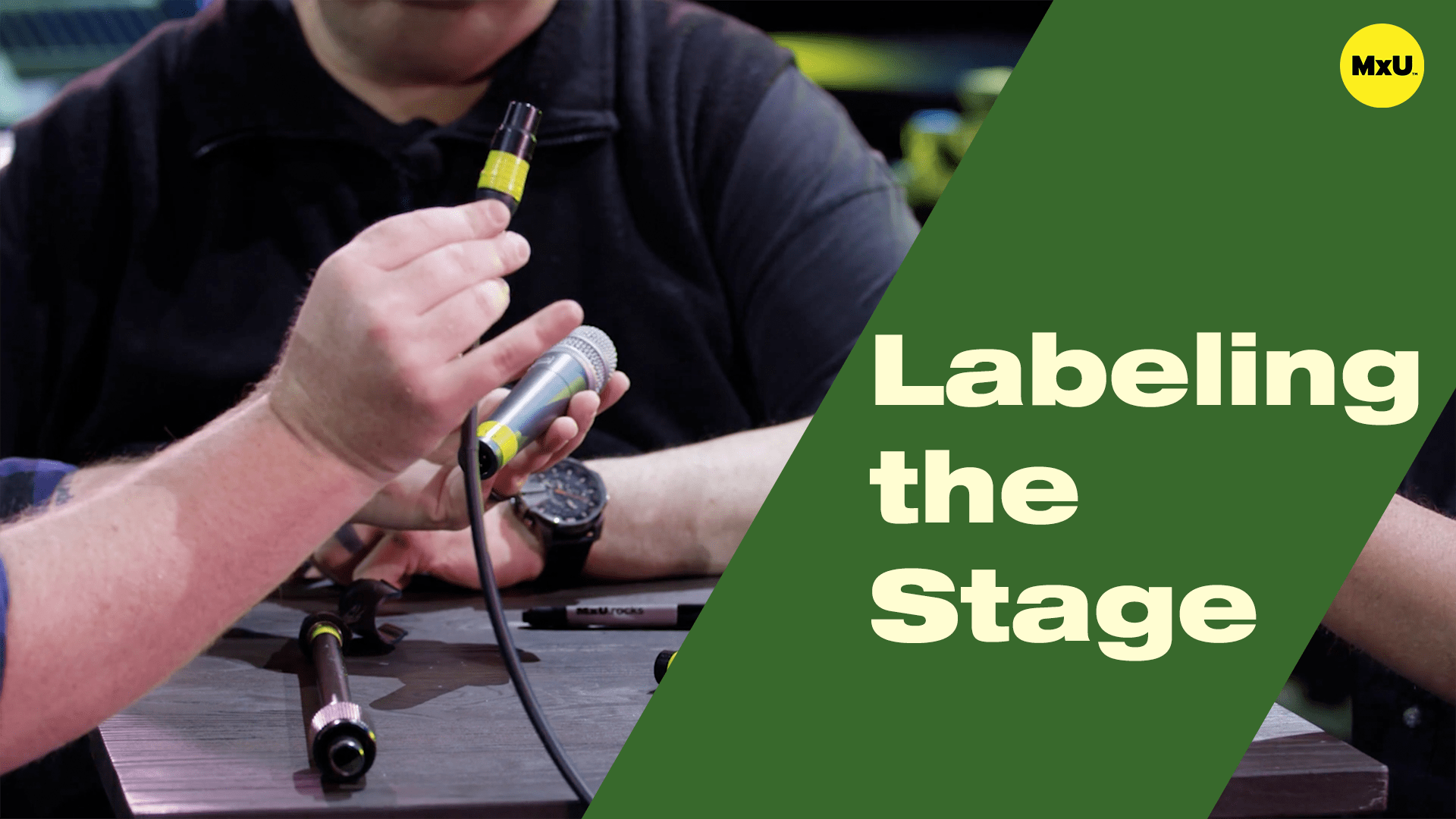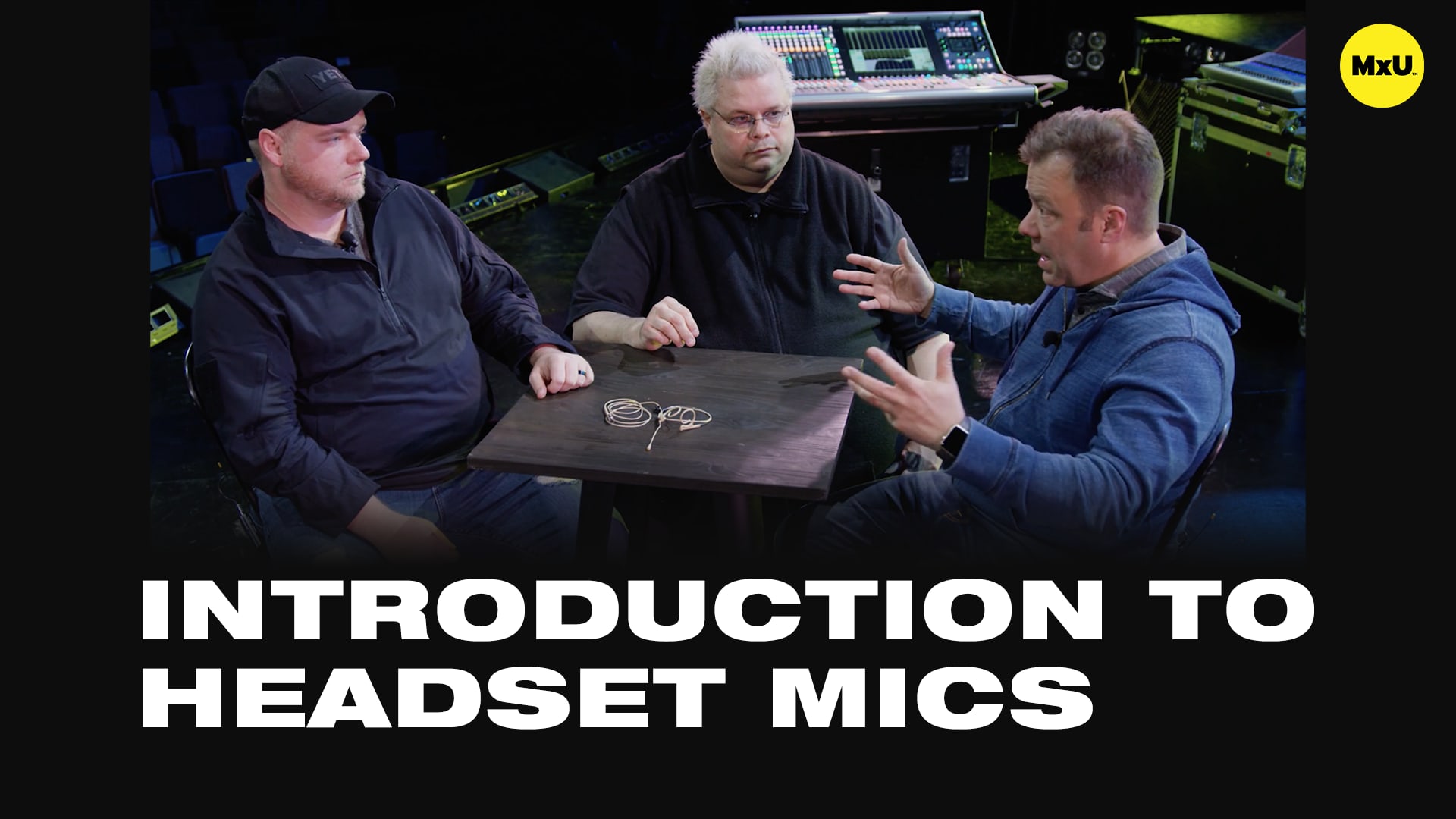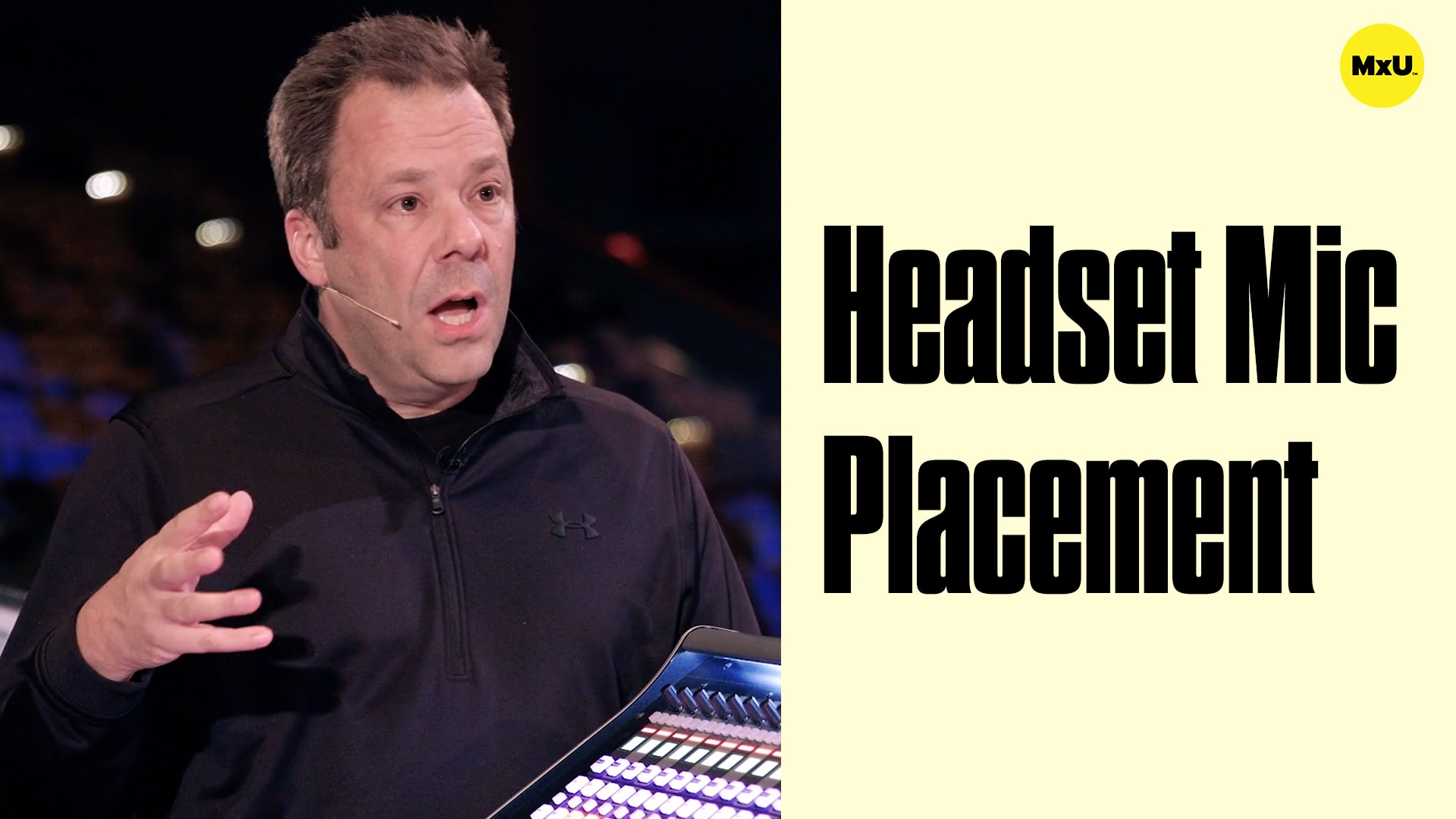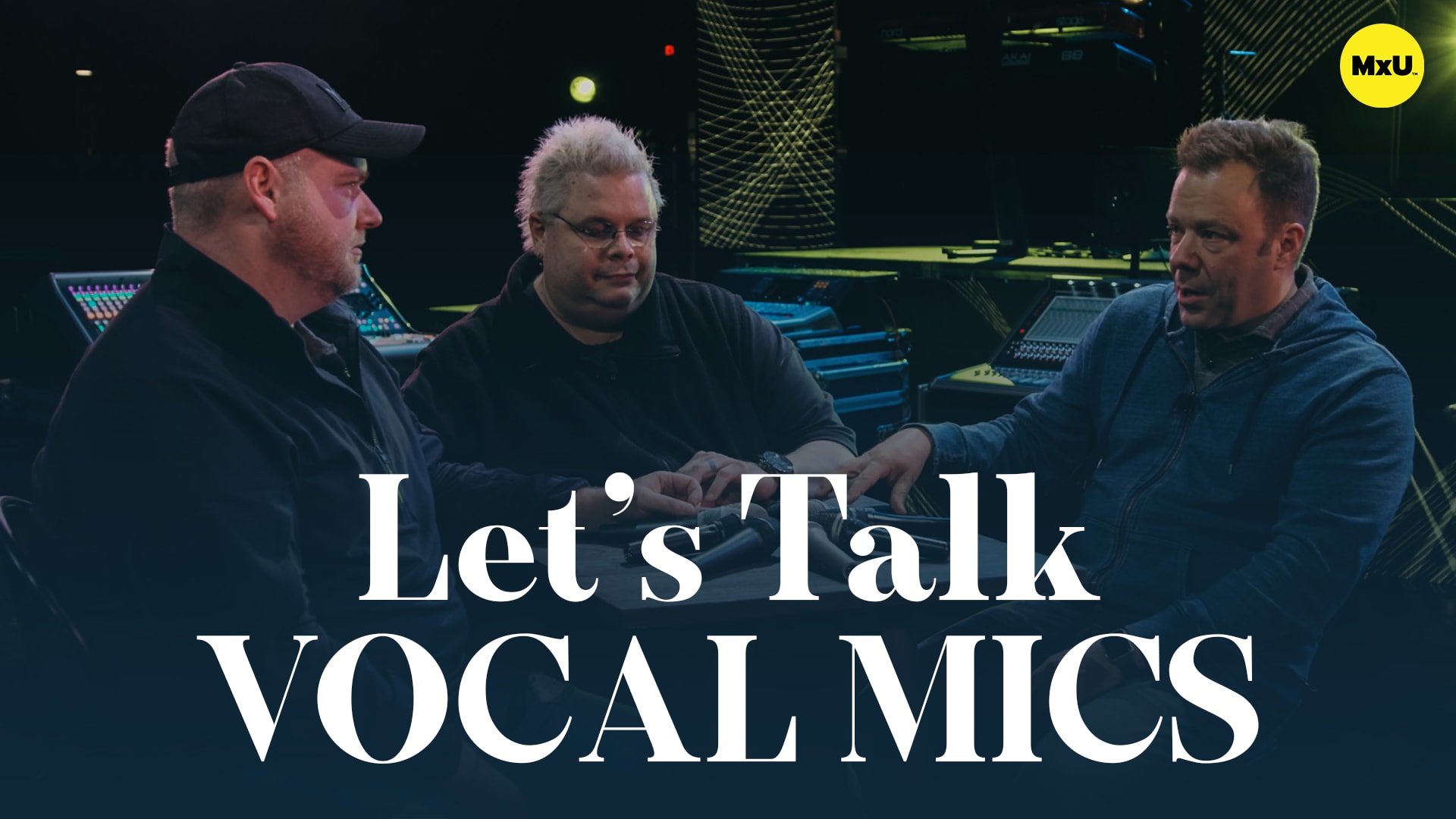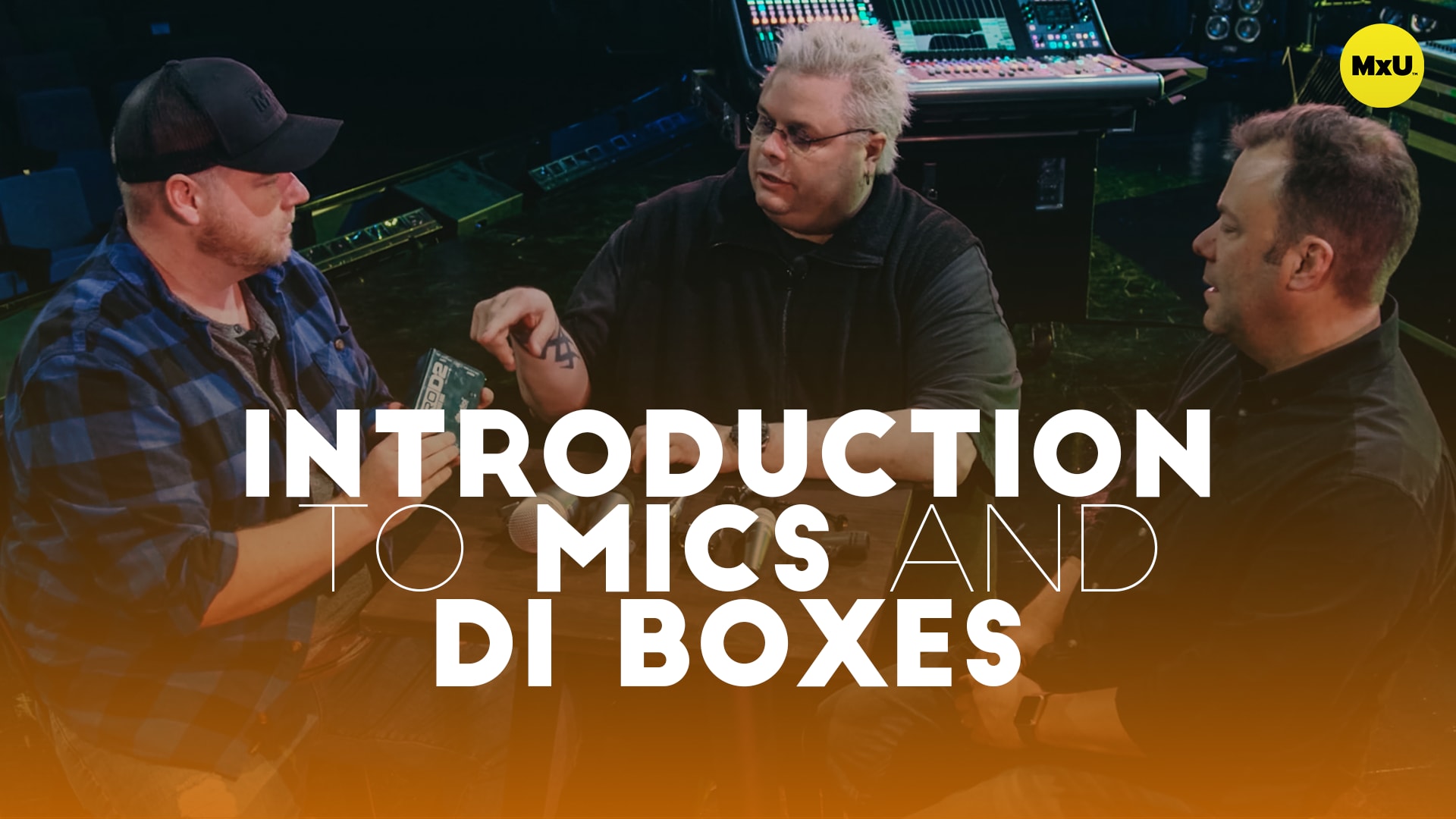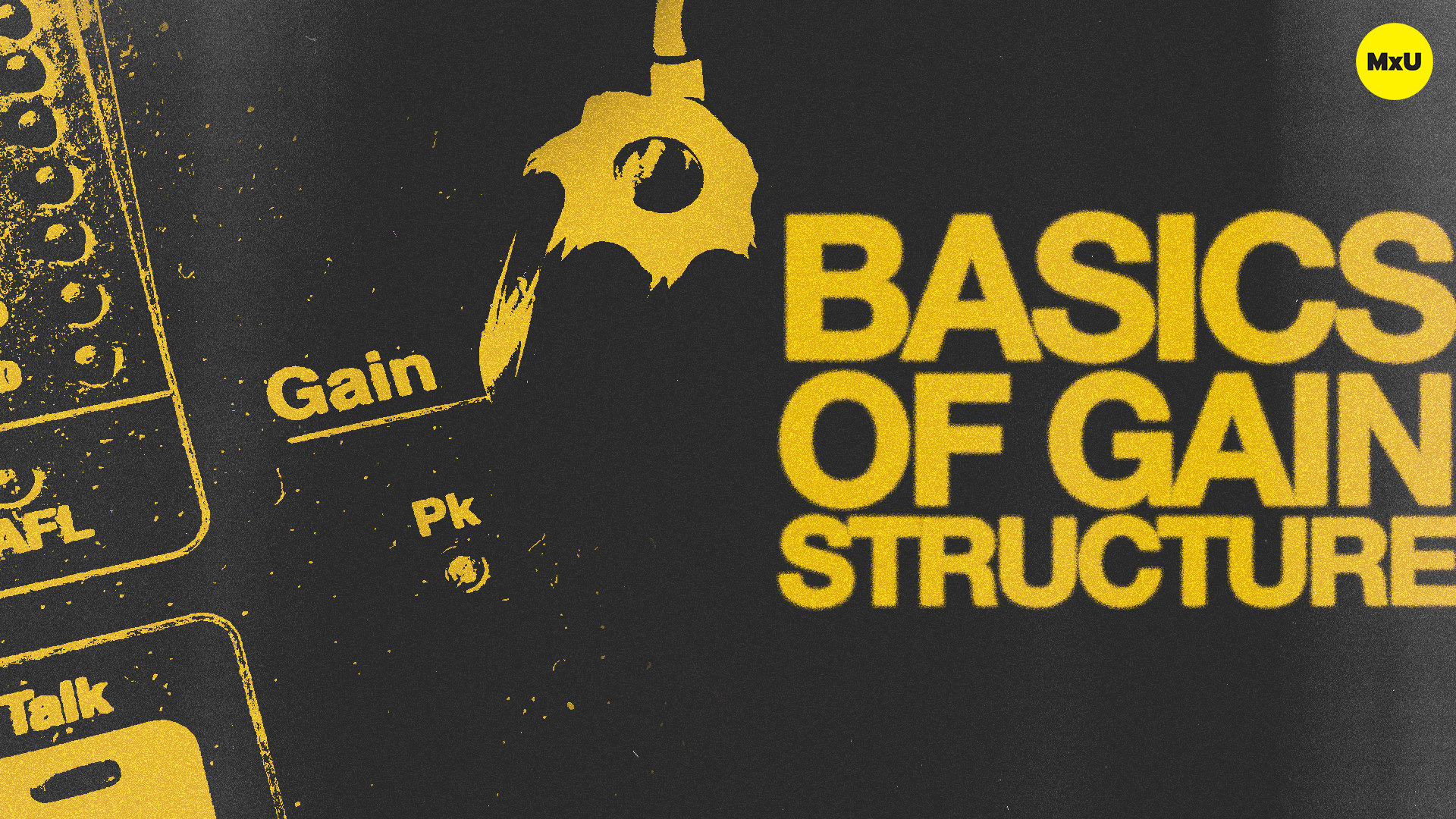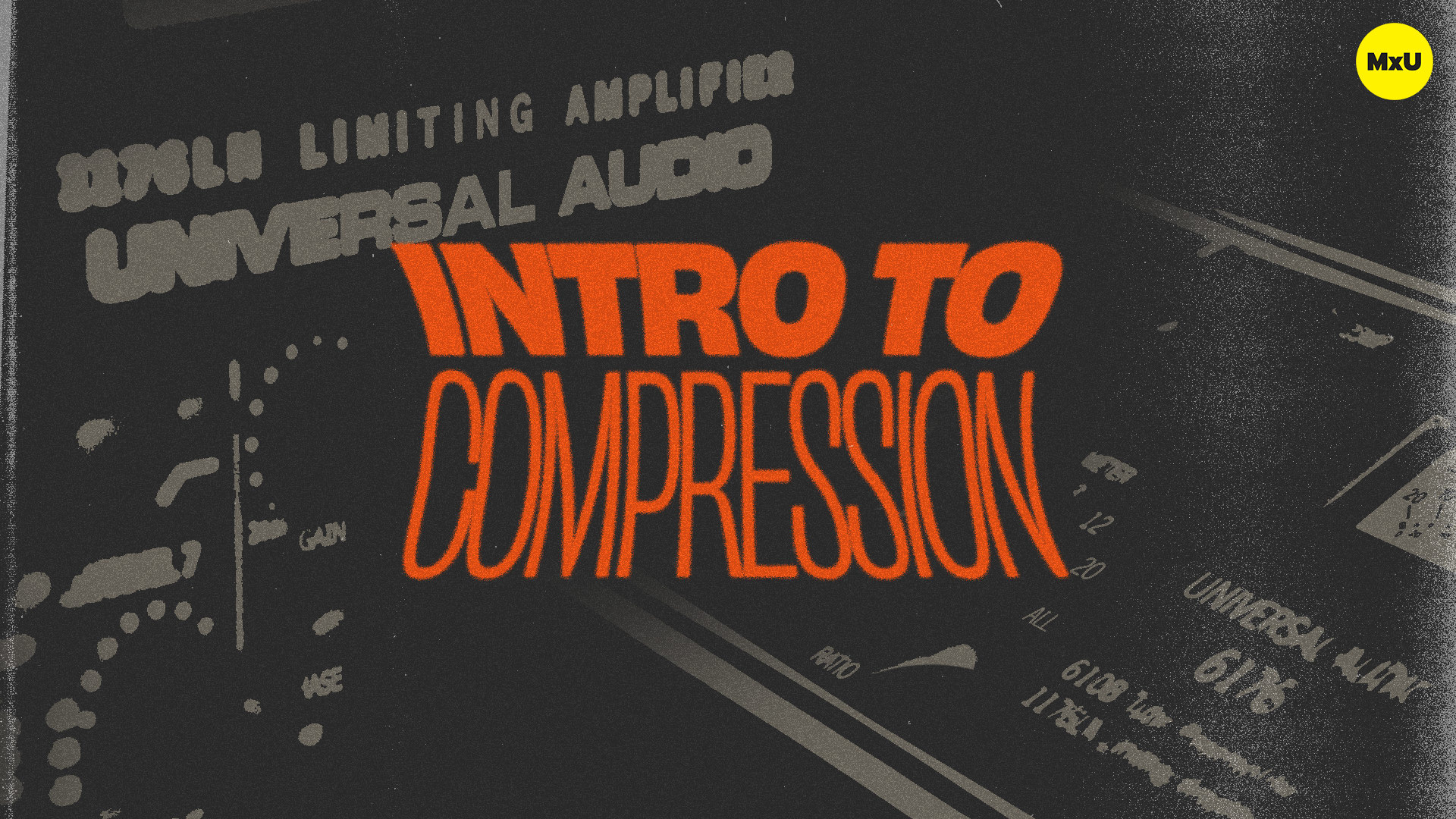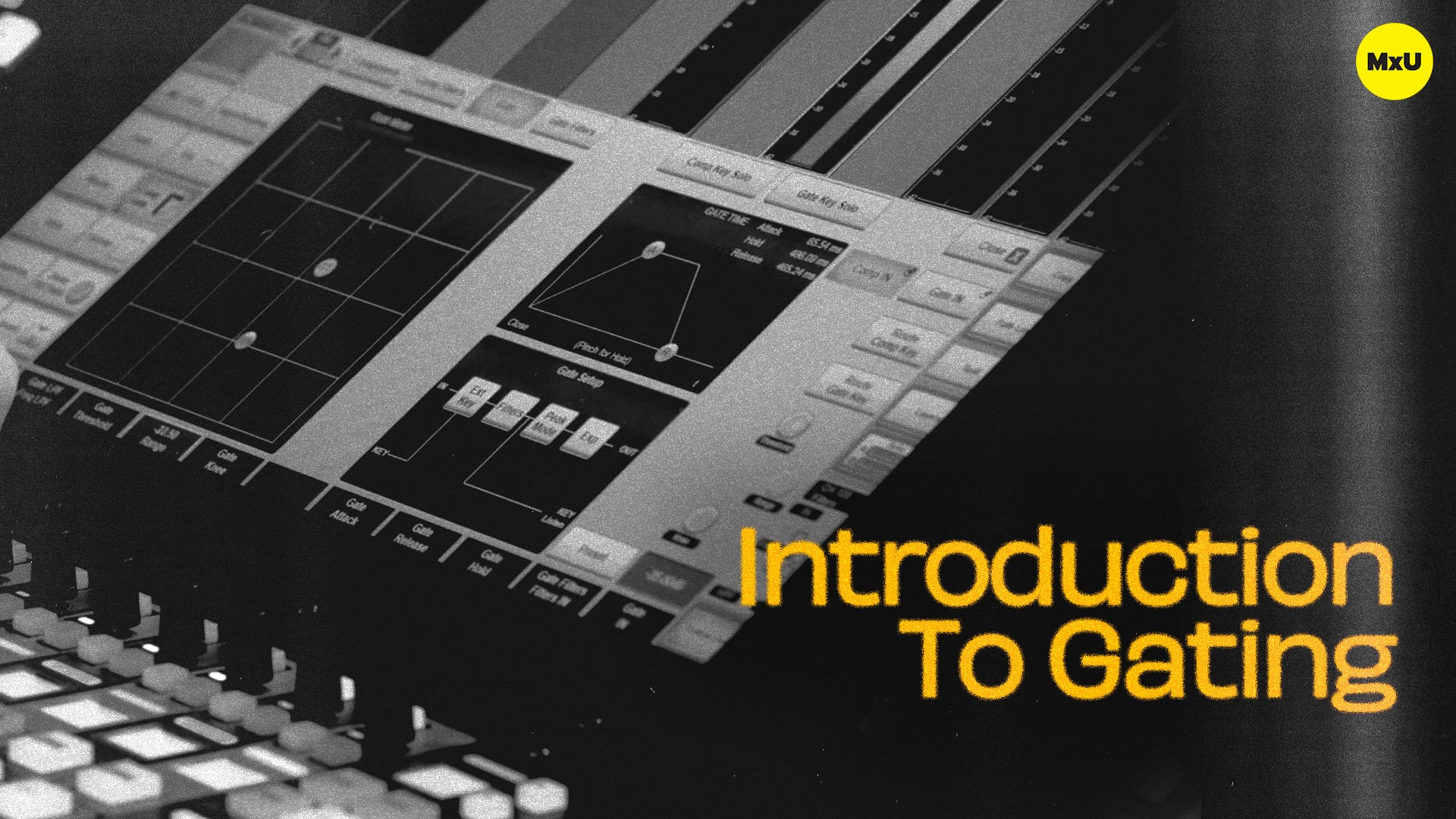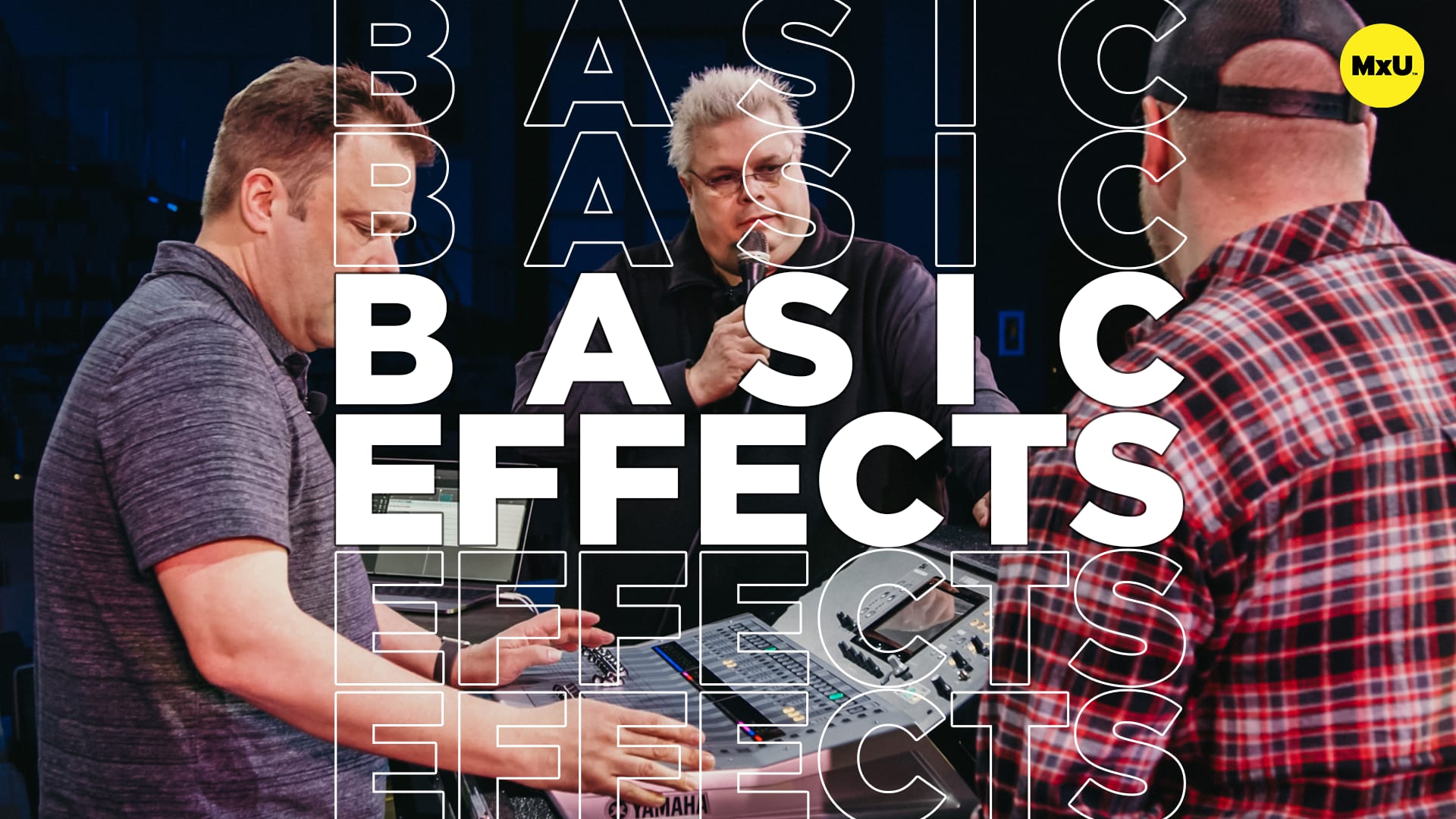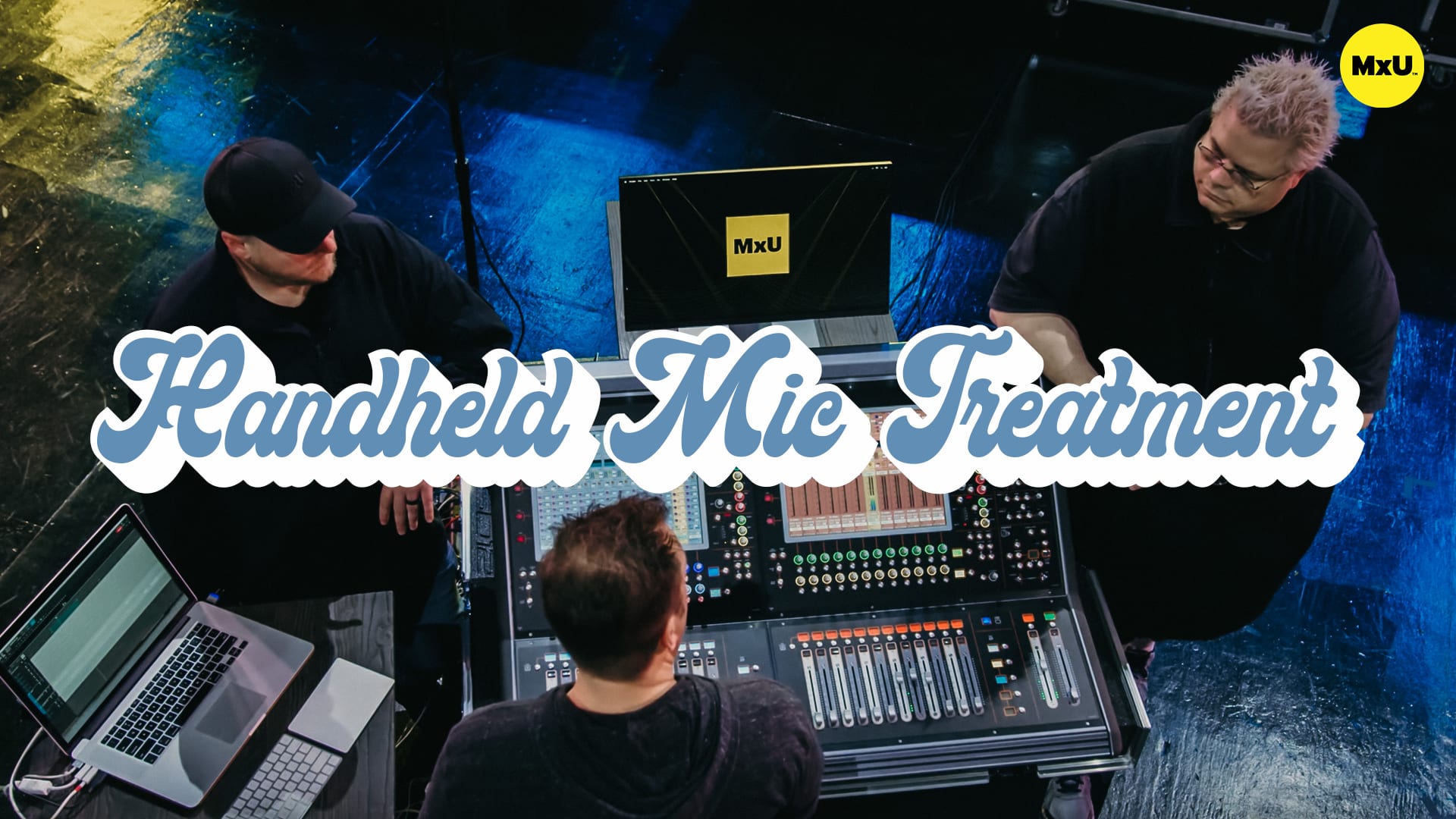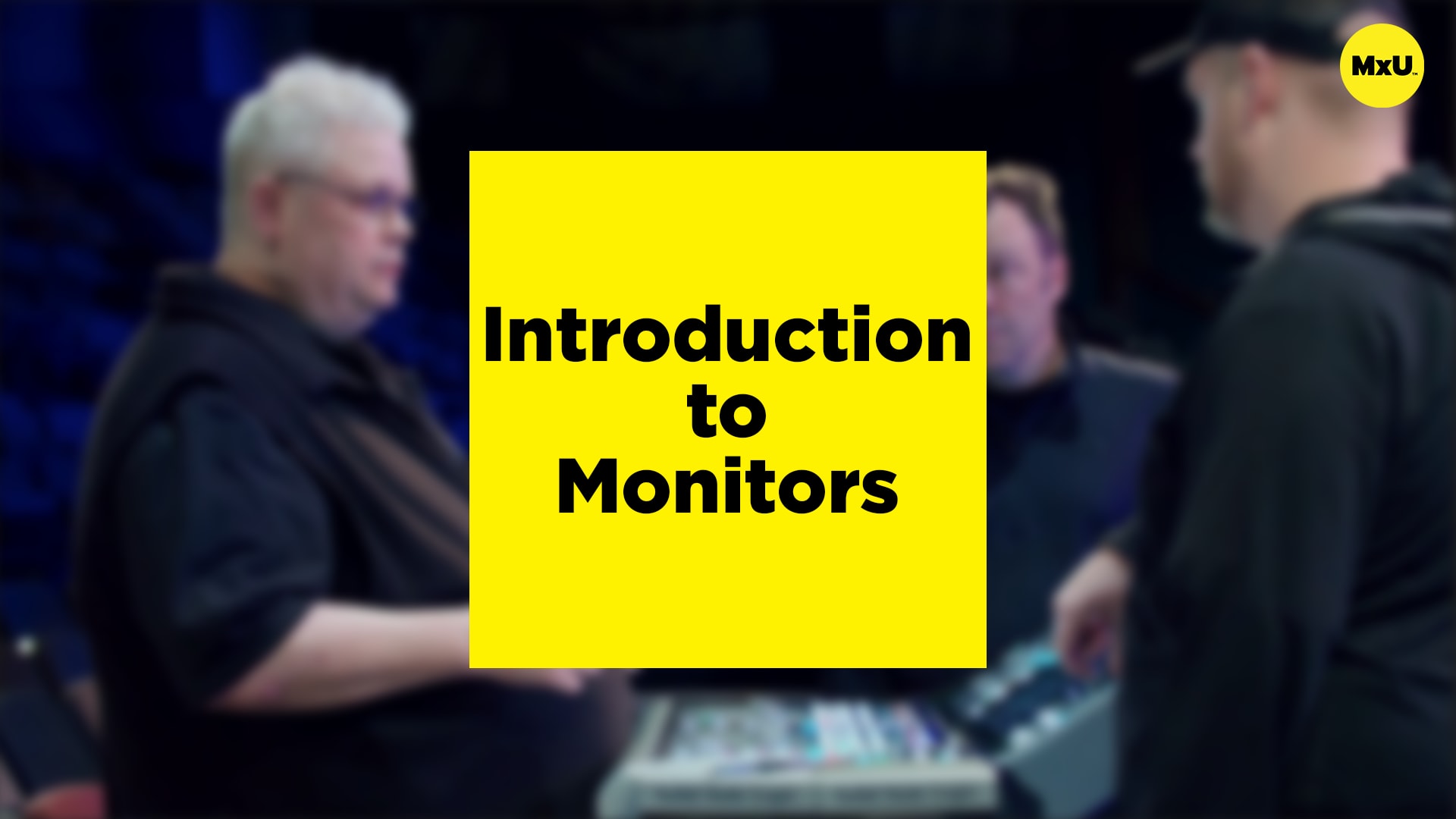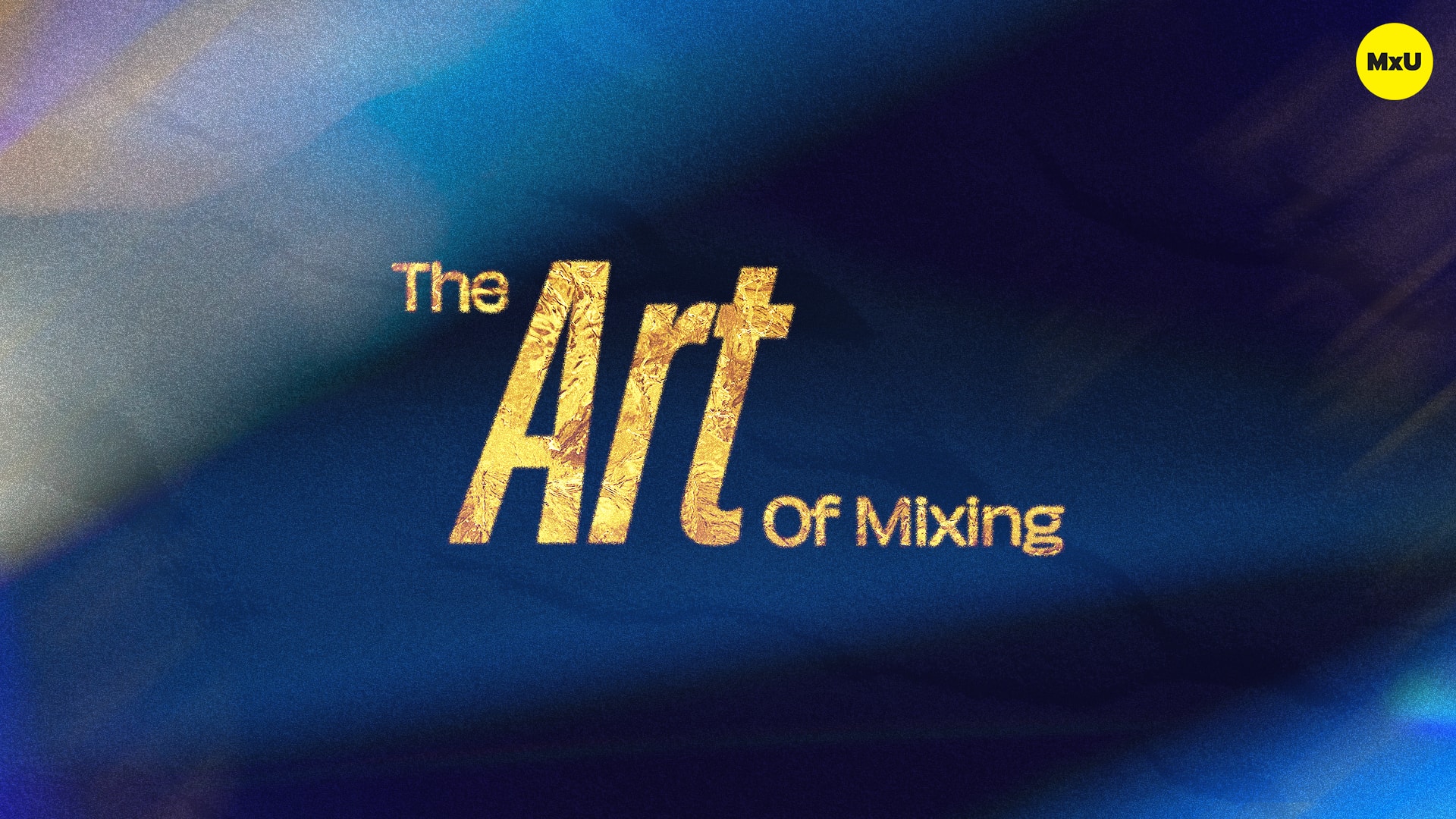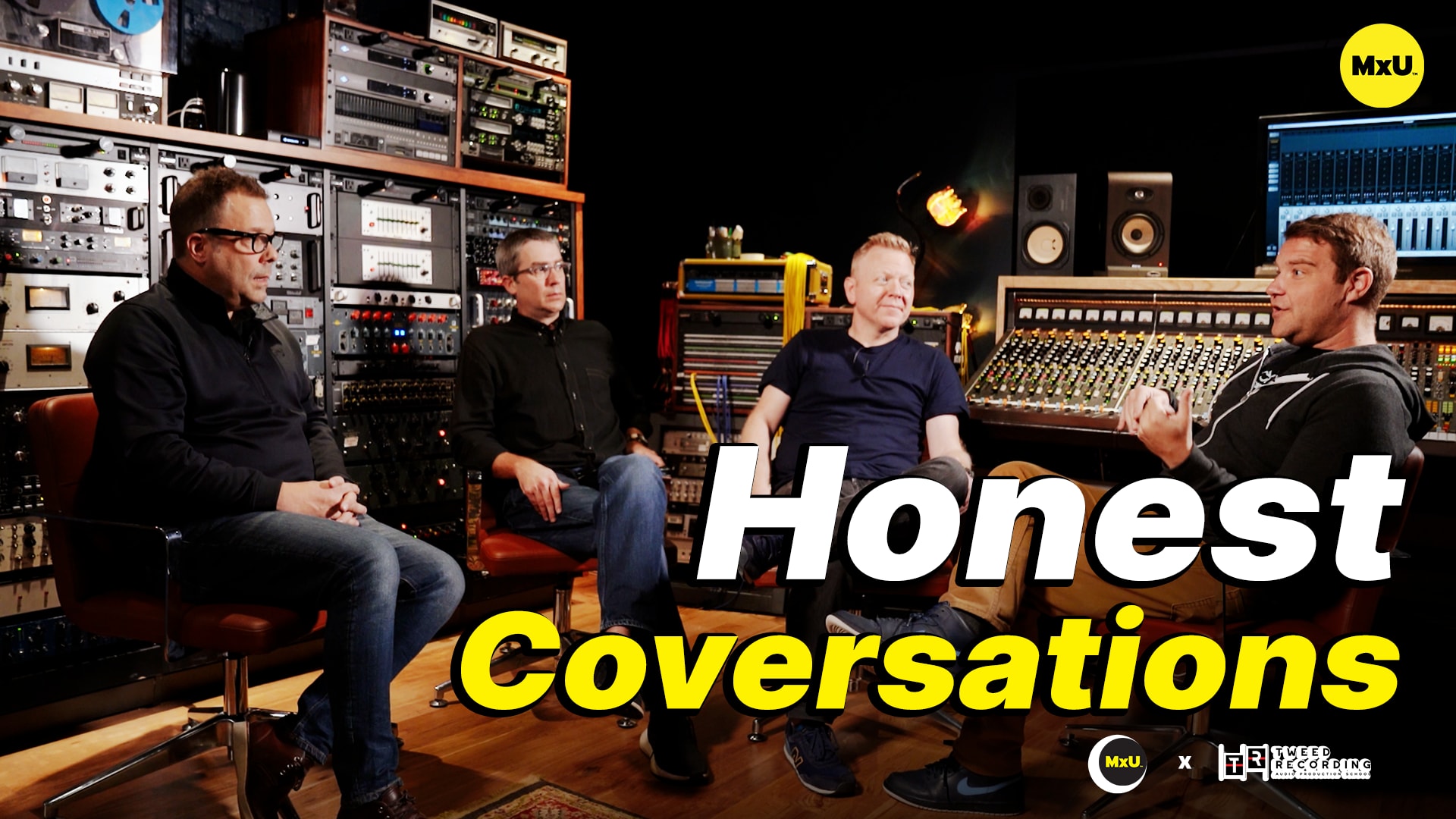
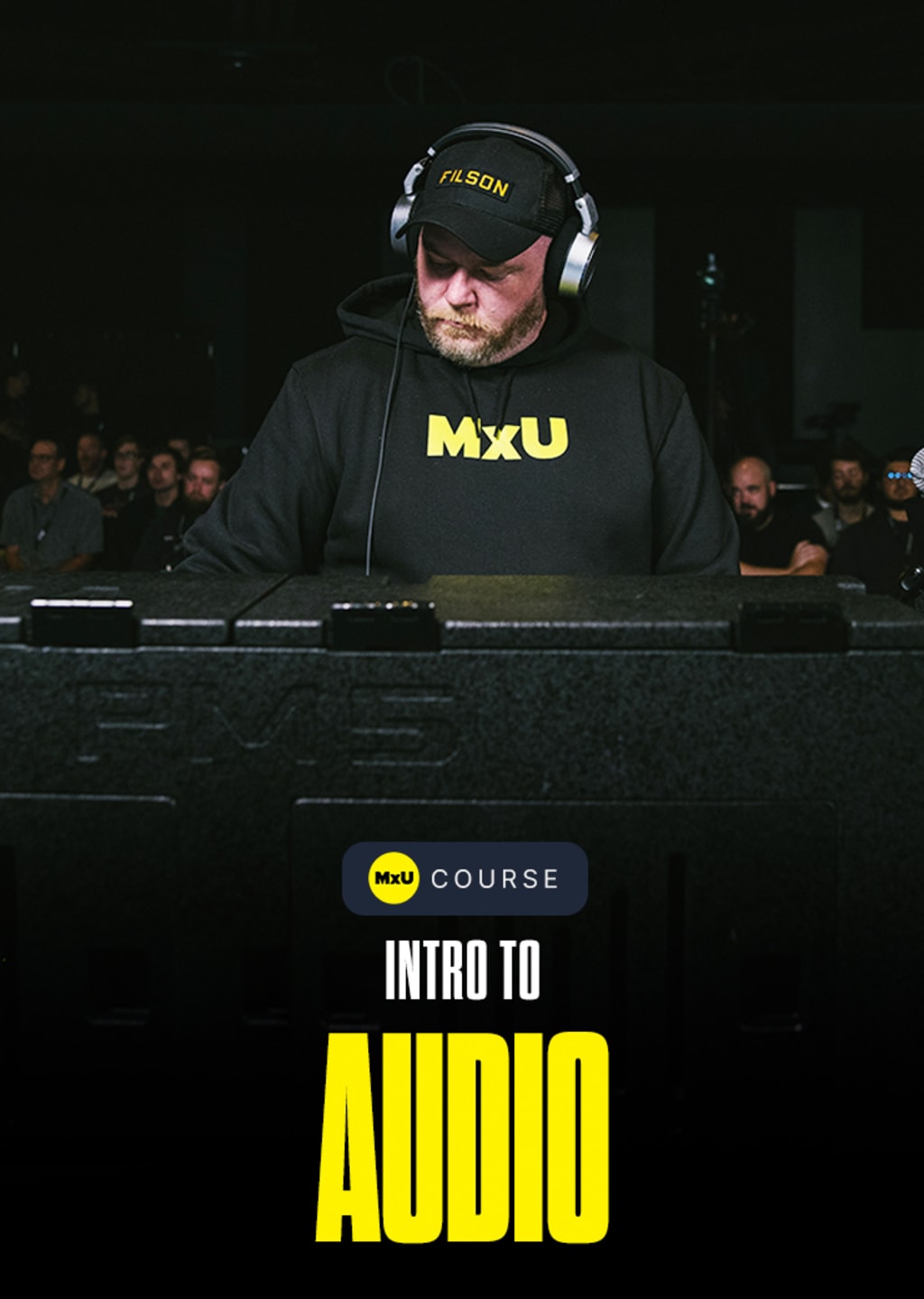
Dive into the world of audio! This course is designed for you in mind, whether you’re an audio engineer, stage manager, worship leader, or any other role involved in your church’s live audio. This course is designed to emphasize the significance of building relationships, effective communication, and technical skills in creating a harmonious and impactful environment.
Key Points:
- Understand the critical role of building strong relationships with your team, including musicians, tech crew, and production staff, to ensure a cohesive and effective mix and production.
- Join Jeff, Andrew Ratcliffe, Charlie Chastain, and Chris Rabold in a discussion on how professionals listen to music, offering insights into developing a critical ear for mixing and production.
- Explore the importance of clear communication and organization in stage management, utilizing tools like detailed input lists and stage plots to coordinate services efficiently and safely.
- Learn what to focus on when you first approach the mixing console, setting the foundation for a solid mix.
- Discover the various types of microphones, including headset microphones, and their characteristics. Learn how to choose and position microphones for optimal sound quality.
- Navigate through the vast options of vocal microphones, understanding key factors to consider for your specific live setting.
- Get to grips with the basics of different microphone types, direct input (DI) boxes, and their functions in a live sound context.
- Dive into the use of high-pass filters, equalizers, compressors, and noise gates to shape and control your live sound effectively.
- Learn the basics of applying effects on a compact audio console to enhance your live sound mix.
- Take a deep dive into the EQ, compressor, and de-esser settings for handheld mics, mastering the art of vocal sound optimization.
- Understand the fundamentals of monitor mixing, learning how to manage multiple mixes from one console for different performers on stage.
- Embrace the dual role of a production artist as both a creative and a mediator, fostering honest conversations and a positive working environment with teams and bands.
Videos

